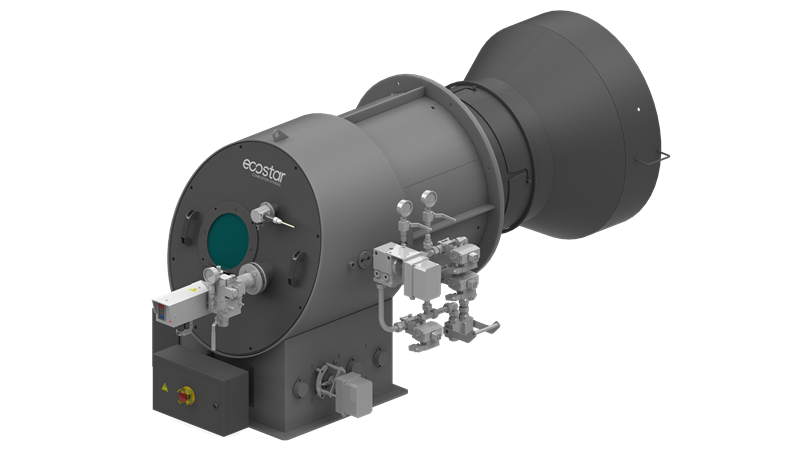An Beginner's Journey into the the fascinating World of Timber Burnt Heaters

If you are thinking about putting in a wood burning stove to your dwelling, you are starting a journey full of warmth, charm, and practicality. In recent years, these stoves have made a significant comeback, attractive not just for their nostalgic ambiance but also for their effectiveness and cost-effectiveness. For those new to this, the world of wood burning stoves can be both exciting and overwhelming, with numerous options, styles, and considerations to keep in mind. This guide aims to provide a comprehensive look into all that you need to know to make informed decisions, helping you navigate through the intricacies of wood burning stoves.
From understanding the environmental impact and safety considerations to selecting the right stove for your space, our exploration will cover essential topics such as how to operate your stove safely, maintain it long-term, and even the best woods to burn. Whether you are looking to enhance your house's heating efficiency, add value to your property, or simply enjoy the cozy atmosphere created by a crackling fire, this guide is your complete newcomer's resource to the world of wood burning stoves. Let’s dive in and discover the warmth and joy that wood burning stoves can bring to your life.
Understanding Stoves that Burn Wood
Stoves that burn wood have long been appreciated for their ability to provide warmth and comfort during winter months. They operate by combusting well-aged wood, which releases warmth through a regulated combustion process. Unlike classic fireplaces, wood stoves are crafted to be more efficient and sustainable, capturing more heat and reducing emissions of smoke. As homeowners seek eco-conscious heating solutions, wood burning stoves are becoming progressively popular for their effectiveness and visual charm.
Choosing the appropriate wood burning stove involves understanding the different types available, including freestanding models, built-in stoves, and cookstoves. Each type offers special characteristics suited to different house configurations and specific needs. It is essential to consider factors such as thermal power, style, and the stove's capabilities to create a welcoming environment. By selecting a stove that meets your particular requirements, you can elevate your living space while enjoying the advantages of wood heat.
Maintenance is crucial for ensuring the lifespan and effectiveness of a wood burning stove. Frequent cleaning of the flue, duct, and firebox helps prevent the buildup of creosote, which can be a fire hazard. Additionally, using the right kind of wood and maintaining proper ventilation will not only ensure a reliable burn but also enhance the stove's functionality. By understanding how to look after your stove, you can enjoy the warmth it brings for a long time.

Establishment and Protection Guide
When placing a wood burning stove, it's crucial to follow local safety standards and rules. Begin by selecting an suitable location that ensures safe clearances from combustible materials, including barriers, roofs, and floors. Ensure the area beneath the stove is resistant to fire, as it will need to withstand high temperatures. Before installation, it is wise to have a professional inspect the chimney to confirm it is suitable for wood burning. A properly installed flue system is crucial to facilitate safe discharge of smoke and gases.
Protection is paramount when using a wood burning stove. Always use seasoned wood, as wet wood can create excess smoke and creosote accumulation, raising the risk of chimney fires. Make sure to have a carbon monoxide detector and smoke alarms set up and consistently tested in your home. Create a protected zone around the stove by keeping combustible materials away, employing a fire screen if necessary, and informing family members on stove safety measures.
After installation, periodic maintenance is critical for both safety and efficiency. Organize https://townandcountryfiresyorkshire.co.uk/best-eco-wood-burners-yorkshire/ to remove creosote and confirm proper performance. Keep the stove and surrounding area clean, inspecting for signs of damage or tear. Familiarize yourself with the proper operation of the stove, including loading techniques and maintaining the fire for best performance, to ensure that your wood burning stove remains a reliable and efficient heating source for years to come.
Maintenance and Performance Advice
To ensure your fireplace operates optimally, regular maintenance is essential. Start by cleaning the flue and flue at least one time a year to prevent the buildup of soot, which can lead to hazardous chimney fires. Additionally, inspect the seals around the door and air control systems from time to time for deterioration. Replacing damaged gaskets helps maintain proper air flow and enhances the stove's efficiency, enabling it to consume fuel more completely and produce more heat.
Another important tip for maintaining efficiency is to use dried hardwood as fuel. Properly cured wood has lower moisture content, which results in cleaner burns, reduced smoke production, and higher heat output. Steer clear of burning light woods or unseasoned wood, as they often lead to creosote buildup due to improper combustion. Implementing a good storage system for your firewood also adds to better efficiency; ensure it is stored off the ground and in a well-ventilated area to prevent moisture absorption.
Lastly, knowing how to operate your stove effectively is crucial for both maintenance and efficiency. Use the air controls wisely to manage the burn rate, resulting in a steadier fire and reduced emissions. Keeping the glass door clean and unobstructed also provides better visibility of the fire, letting you adjust the airflow as needed. Continuously assessing the condition and performance of your stove will help you benefit from the many advantages it provides while maintaining a secure and effective heating source in your home.
